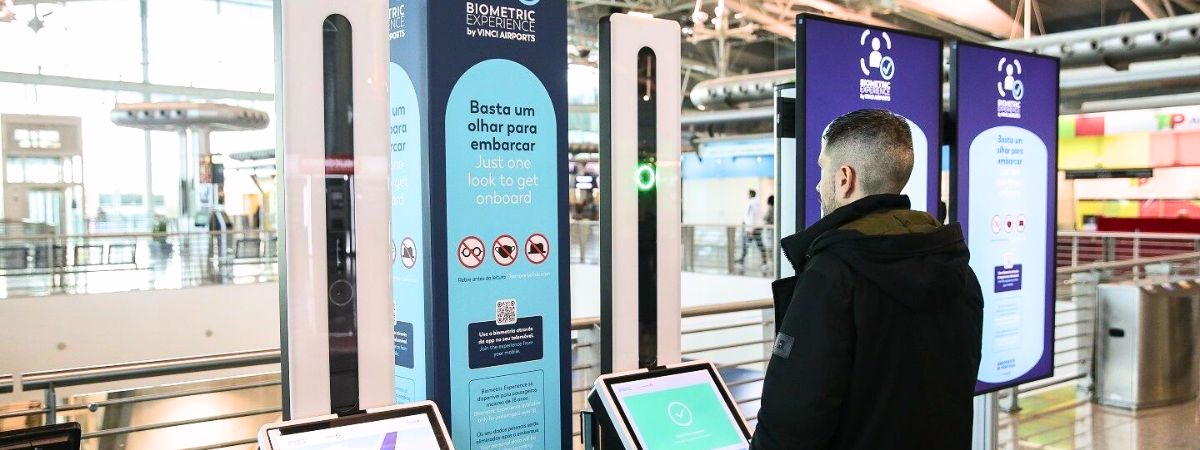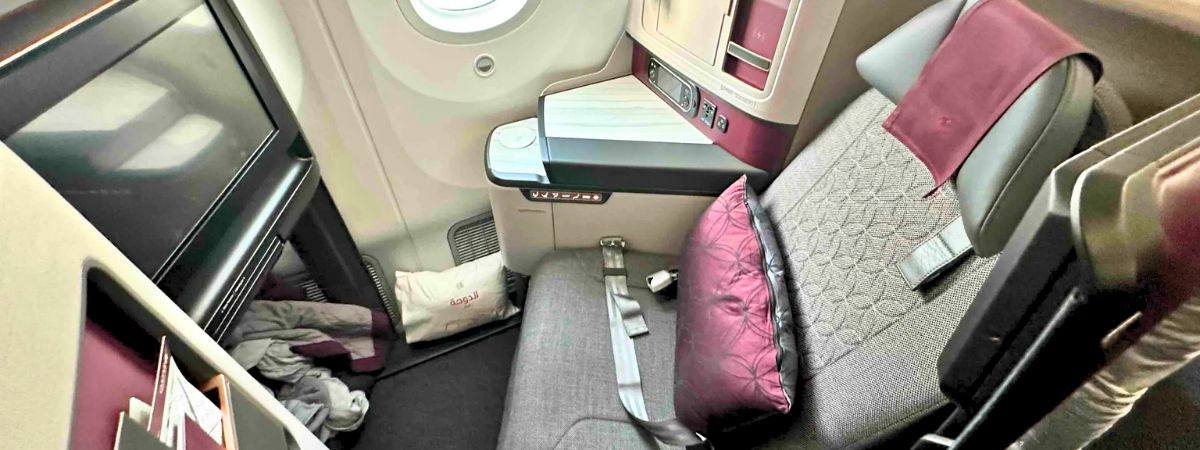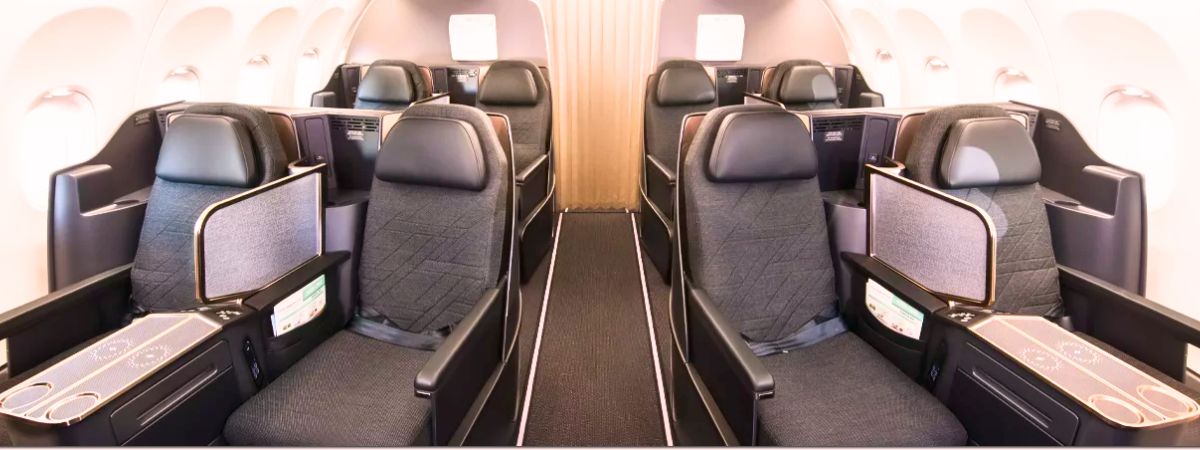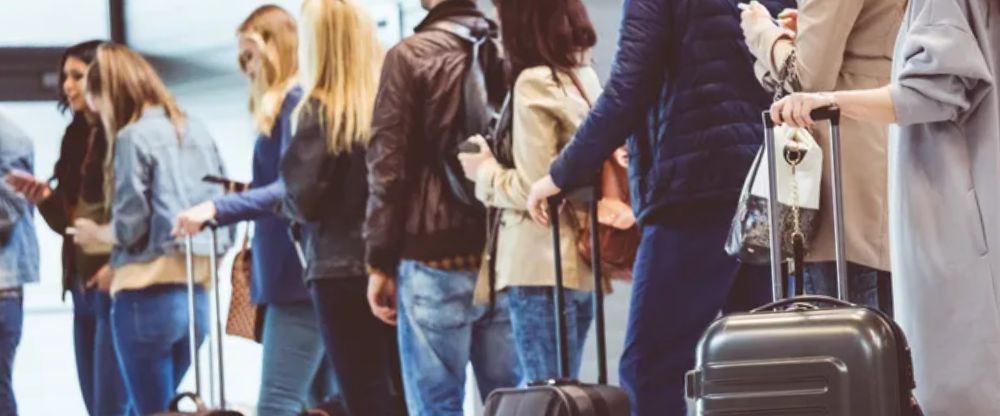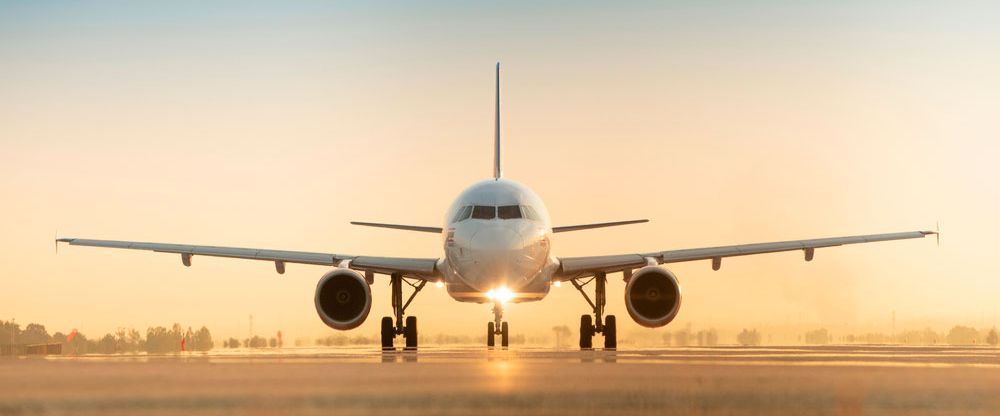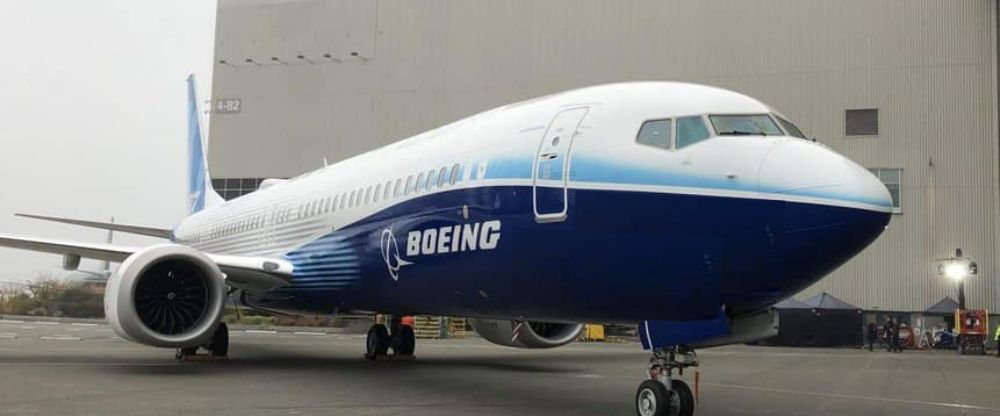Technology is transforming every field. How can the fast-forwarding world of air travel remain untouched by this? So, this new technology in aviation will uplift your airport experience. Yes, Biometric Boarding is a new term that will spare passengers from fumbling into their pockets and wallets for the boarding pass. This new term refers to face recognition technology, which will speed up your whole procedure at the airport. Now, your face is your boarding pass with the help of a quick click at the camera, which will help you make it out of the lengthy lane quickly. This will further followed by all the rest procedures like check-in, bag drop, security, and boarding to authenticate you for the flight journey.
Interesting, right? Let’s know more about this new technology in detail through this blog. Thus, it will be less stressful and more convenient for you when you take your flight next time.

What is Biometric Boarding?
This term is simply associated with facial recognition software. This software authenticates the identity of passengers during the airport check-in procedures. This technology enables passengers to complete their check-in process in the same way as the manual process at airports to identify and authenticate passengers. But there is a major difference between the two. The Biometric Boarding uses authentication that gives speed to the whole process and identifies the passengers more accurately.
How does Advanced Airport Biometrics Work?
In Biometric Boarding, the software clicks a live photo of the passenger. This new type of boarding process then compares it with an old photo of the passenger that is already available. This photo can be previously gathered through authentic sources like a government-issued ID. The facial recognition software uses artificial intelligence to authenticate the identity of both photos. It marks specific characteristics to see if both photos match each other.
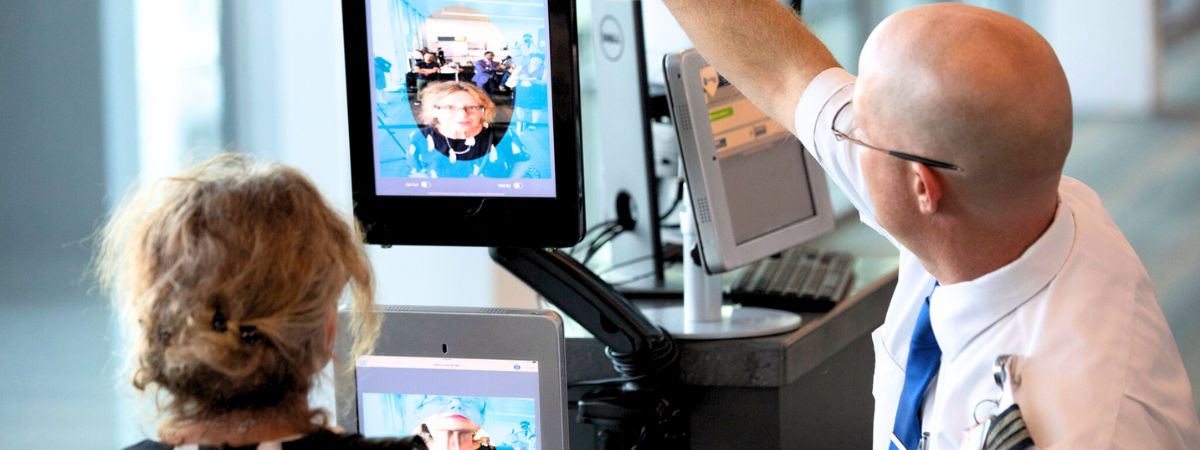
How does Airport Biometrics Make Everything Smooth?
When it comes to how this new technology works and how it is making the process smooth for the passengers, you can understand this here. Let’s know how your boarding process has now transformed, resulting in your easy getaway:
- Ticket Booking
Now, passengers can enroll their biometrics for a pre-verified identification. When booking online, the airlines provide you with options to get your biometrics captured on various devices and gadgets for authentic identification. Now, you can also make a ‘Digital Travel ID’ at home in some simple steps. It includes taking a selfie and scanning your passport. The technology finds similarities between your selfie and the passport photo. Once done, the device will automatically authenticate you for all your upcoming journeys.
- Online Check-in:
Passengers can also use this technology during online check-in., It has now become smooth. The only thing you have to do is take a selfie. You no longer need to enter all the details of your passport. You will also get a biometric passport meaning a travel document with an embedded electronic microchip. The biometric data passport is used to enhance security.
- Airport Check-In:
The check-in process at the airport is also transformed. When talking about Airport Biometrics, airports install biometric check-in kiosks. These kiosks identify the faces of the passengers on the spot.
- Baggage drop/claim:
Airports have been struggling long enough with issues like baggage fraud and security threats. Sometimes, such instances are also recorded when a person checks under a bag with a false identity of the owner. Biometric verification addresses these issues by identifying the rightful owner of the baggage. Thus, when you drop your luggage at a biometric bag-drop station, a camera scans you. The camera closely captures you the the tag of your bag. You can use this same data to recover your baggage at the baggage claim.
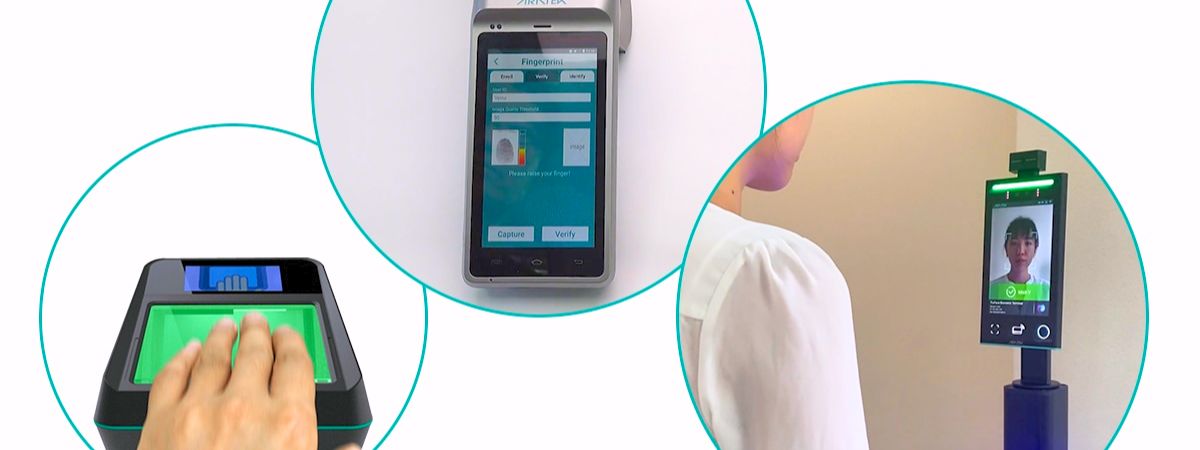
Biometric Devices Used at Airports
The following are some examples of which kinds of biometric devices the airports use:
- Facial Recognition Devices: This is the most common type of biometric device airports use. The cameras capture the faces of the passengers at various checkpoints. They further compare this live photo with a stored one.
- Fingerprint Scanners: These are another key airport biometrics. While every person has different fingerprints, they identify the ridges and valleys on a person’s fingertips.
- Iris and Retina Scanners: These scanners analyze the unique patterns of a person’s eyes.
Iris recognition refers to identifying the intricate, colored patterns of the eyes. These are different for each individual. On the other hand, the Retina scanners identify the blood vessels at the back of the eyes.

The Dilemma Unfolds: The Cons of Biometric Authentication Methods
While we have become used to this technological era, everything seems so perfect with the machines, devices, and gadgets around us. Technology saves our time, provides us with accurate results while minimizing the chances of human errors. But, there is not a single thing that is perfect without any flaws. There is a dilemma as this new technology also unfolds. Security and Privacy concerns are always on the minds of people whenever a technological advancement gains an upsurge.
Cons of Using Airport Biometrics
Let’s shed some light on the downside of the Airport Biometrics. Biometrics collect the personal data of the person, including face, fingerprints, iris scans, and much more. These parts of human anatomy are highly sensitive. To curb these security threats, some places follow strict regulations. For instance, in the European Union, the General Data Protection Regulation (GDPR) enforces the use of strong guidelines on biometric data use.
Another major threat of using biometric verification is related to data security. The information stored by biometrics makes the job of cyber attackers easy. It is more dangerous because if your fingerprints or face get compromised, you can not modify them like your phone passwords. Thus, it is important that airports and agencies using this sophisticated facility make proper investments in biometric data security. Strong encryption, secure storage, and proper system monitoring are some of the essential tips that can protect data. Furthermore, there is a need for specific protocols to ensure the safe and proper use of a biometric device in the industry.
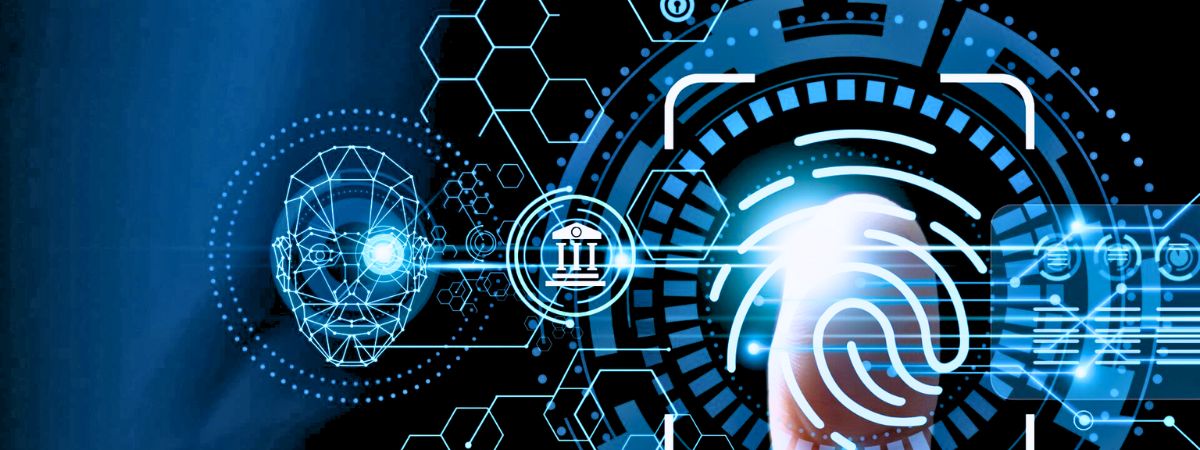
Conclusion:
Biometric Verification is a new technology that is defining airport dynamics. From ticket booking to online check-in, airport check-in, and baggage drop, the technology is redefining the automation and comfort in aviation. This automation automatically identifies passengers, resulting in speed. This offers utmost convenience and comfort to passengers. This technology not only identifies the passengers, but also uses a biometric fingerprint scanner to secure your baggage. Biometric scanning devices are used to scan employee identification cards.
However, there are also some downsides to this perfectly looking aspect of technology. While technologies like Airport Biometrics offer vast advantages, they bring the rising concern of data security in front of us. Airports and airlines need to invest more mindfully in the storage and maintenance of this data to maintain optimum passenger data security.
FAQs:
Ans: Biometric boarding is a technology that automatically authenticates the identity of a passenger at the airport.
Ans: When you are at the baggage drop area, a camera will scan both you and your baggage with the tag. This protects your baggage from threats.
Ans: Using the scan biometric also has several downsides. Biometrics collect the personal data of the person, including face, fingerprints, iris scans, and much more. This creates security threats.
Ans: To ensure security of biometric data, airports need to invest in strong data security measures. Some of the solutions include secure storage, robust encryption, and constant system monitoring of the data.
Ans: Biometric boarding helps passengers in a number of ways at the airport, like ticket booking, online check-in, airport check-in, and baggage drop/claim.

